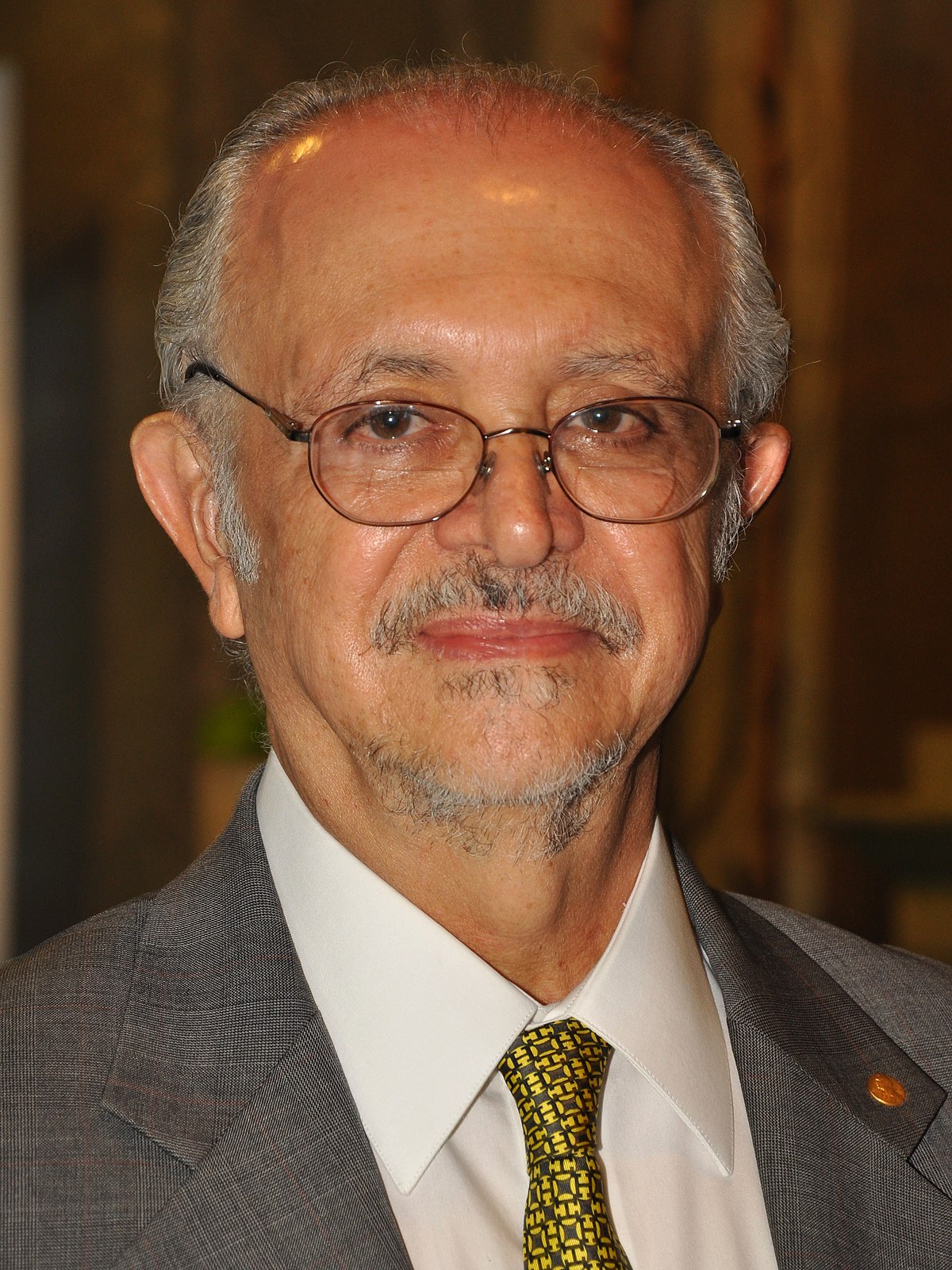Researching Mario Molina | 5/14/18-5/18/18
Summary:
This week in science we studied certain scientists so that we could make a wanted poster about them. The scientist that I chose to learn about was Mario Molina. What I learned about Mario Molina was what he is famous for, personal information, where he conducted his work, his educational background, his main achievements, and who he worked with. He is famous for his important role in the discovery of the Antarctic ozone hole. The personal information that I learned was his birth date, place of birth, and family members. Most of his work was done in California more specifically at University of California, Irvine, University of California, San Diego, and the Jet Propulsion Laboratory. He also joined the facility of MIT for some time. His basic studies were done in Mexico and at the Institut auf dem Rosenberg in Switzerland. He than got his bachelor's degree in chemical engineering at the National Autonomous University of Mexico in 1965. Just a couple of years later he would receive his post graduate degree at the Albert Ludwigs University of Freiburg, West Germany in 1967. Later in 1972 he would earn his Ph.D. in chemistry at the University of California, Berkeley. Mario Molina’s most important and notable achievement he earned was when he won the Nobel Prize in Chemistry in 1995. Other notable awards he was given were the Presidential Medal of Freedom, Tyler Prize for Environmental Achievement, Volvo Environmental Prize, Newcomb Cleveland Prize, NASA Exceptional Scientific Achievement Medal, and the UNEP Sasakawa Prize. He helped the environment by noting that some man made compounds such as chlorofluorocarbons, were having a harmful effect on the ozone layer. This is the main reason for him earning most of his awards. The scientists he worked with were Professor F. Sherwood Rowland, Paul J. Crutzen, Luis E. Miramontes.
This week in science I used resources about Mario Molina to find important information on him. The first thing I did to find information was find resources that would answer the things that I needed to know about him. The second thing I did was look through (evaluate) the resources to actually find the things that I needed to know about him. The last thing I did was communicate this information through starting to create a wanted poster about him. The information that I found allowed me to understand Mario Molina's life much better.
XCC-Cause and Effect:
The first cause and effect relationships I identified this week was between Mario Molina the awards he won. As mentioned above, Mario Molina had a vital role in discover the ozone hole in the Antarctic. In effect of him doing so, he won many awards, the most important being the Nobel prize. The second cause and effect relationship that I identified this week was between Mario Molina and how humans react to climate change. After Mario Molina's discovery of the ozone hole (cause), humans began to learn more about climate change and began to see climate change as more of an issue (effect). Just one discovery can truly make a difference as displayed by the cause and effect relationship just stated. These are the cause and effect relationships that I identified this week in science.
Multiplier-Learner:
This week in science I was a learner. I was a learner this week in science because I had no idea who Mario Molina was and I had to create a poster that showed information about him. I was consistently wanting to know things so that I could display the most amount of information that I could about him so that my poster would be taken to the next level. I was consistenly searching and writing down information about Mario Molina. This is why this week in science I was a learner.
 |
| Link |
S&EP 8-Obtain, Evaluate, and Communicate Information:
This week in science I used resources about Mario Molina to find important information on him. The first thing I did to find information was find resources that would answer the things that I needed to know about him. The second thing I did was look through (evaluate) the resources to actually find the things that I needed to know about him. The last thing I did was communicate this information through starting to create a wanted poster about him. The information that I found allowed me to understand Mario Molina's life much better.
XCC-Cause and Effect:
The first cause and effect relationships I identified this week was between Mario Molina the awards he won. As mentioned above, Mario Molina had a vital role in discover the ozone hole in the Antarctic. In effect of him doing so, he won many awards, the most important being the Nobel prize. The second cause and effect relationship that I identified this week was between Mario Molina and how humans react to climate change. After Mario Molina's discovery of the ozone hole (cause), humans began to learn more about climate change and began to see climate change as more of an issue (effect). Just one discovery can truly make a difference as displayed by the cause and effect relationship just stated. These are the cause and effect relationships that I identified this week in science.
Multiplier-Learner:
This week in science I was a learner. I was a learner this week in science because I had no idea who Mario Molina was and I had to create a poster that showed information about him. I was consistently wanting to know things so that I could display the most amount of information that I could about him so that my poster would be taken to the next level. I was consistenly searching and writing down information about Mario Molina. This is why this week in science I was a learner.
Comments
Post a Comment